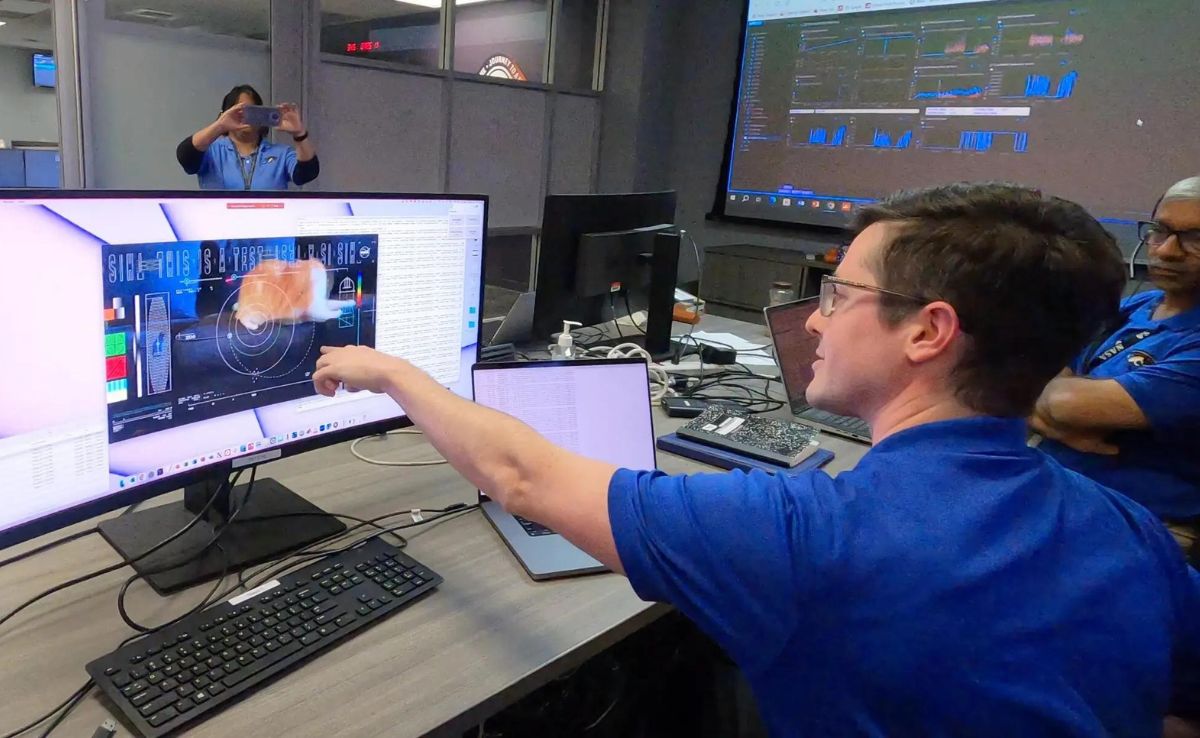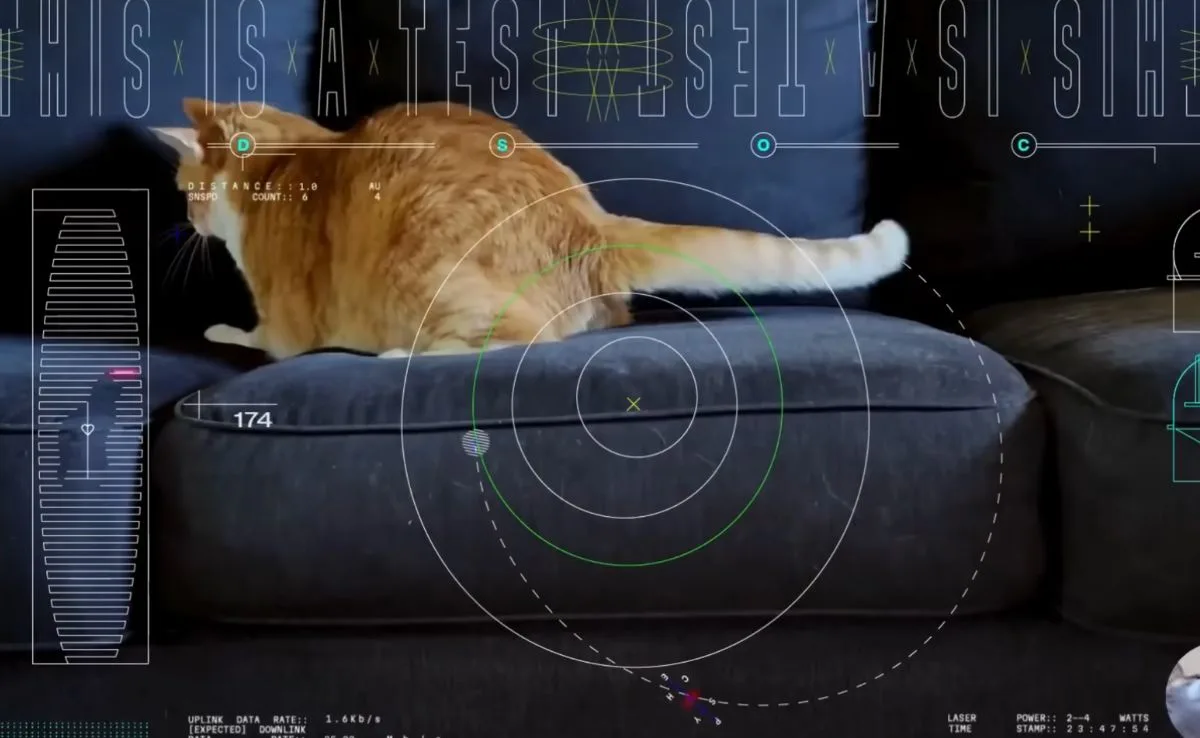Cosmic Cuteness Overload: Feline Friend Takes Over Deep Space in Viral NASA Stream!
Utilizing laser correspondence, NASA transferred a feline video from very nearly 20 million miles away, or 40 full circle trips to the moon.

Feline Friend Takes Over Deep Space in Viral NASA Stream – On Dec. 11, NASA designs restlessly assembled at the Fly Impetus Research facility in Pasadena, Calif., to see a feline video, contemplating whether it would be in the immaculate superior quality for which they had trusted.
To their alleviation, it was. Interestingly, top quality video — this one of a lab worker’s feline named Potatoes — was gushed from 18.6 million miles away, or multiple times the separation from the Earth to the moon, the farthest ever.
The show was important for NASA’s Profound Space Optical Interchanges try, pointed toward working on the framework for correspondence past the World’s circle. As one model, on the off chance that people are to go to Mars, the need exists for bigger measures of information to be communicated over a more extended distance. This exhibit denoted one more move toward such a possibility.”This would resemble the very capacity that you’d need to have assuming you’re sending a space traveler to the outer layer of Mars or something to that effect,” said Dr. Abhijit Biswas, the task technologist. “You need to have steady contact with them.”

The showing was finished with the assistance of NASA’s Mind rocket, which was sent off on Oct. 13 determined to investigate a space rock with a similar name. The D.S.O.C. explore is utilizing laser correspondences, rather than conventional radio frequencies, trying to move enormous gobs of information at quicker rates over more noteworthy distances. (The video is of Potatoes pursuing a laser pointer. In 1928, a sculpture of the animation character Felix the Feline was utilized to test TV transmissions.)
The sent information paces of 267 megabits each second are similar to rates on The planet, which are much of the time somewhere in the range of 100 and 300 megabits each second. Yet, Dr. Biswas encouraged alert about the consequences of the exhibit.
“This is the initial step,” he said. “There’s as yet critical necessities for ground foundation and things like that to take something sort of a proof of idea to change it into something functional and dependable.”
The video was sent utilizing a flight laser handset, one of a few bits of new equipment being conveyed interestingly. The D.S.O.C. framework is comprised of three sections: the handset, which was introduced on board the Mind shuttle, and two parts on The planet: a ground laser transmitter (about an hour and a half drive from the research center) and a ground laser recipient at the Palomar Observatory in Southern California.
Watch The Video https://www.youtube.com/watch?v=GvJtVOmFs5Q
“A little stunning not too far off you’re ready to do all that eventually,” said Dr. Meera Srinivasan, the venture’s activities lead.
Dr. Biswas and Dr. Srinivasan, alongside other NASA engineers, have been attempting to foster this innovation for quite a long time. The center was proportional up the optical correspondences innovation that was at that point being utilized on satellites circling a lot nearer to Earth. At first, before the Mind mission, the group hit barricades in light of the fact that the sign was excessively feeble. So NASA created advances to broaden the capacities. Profound space, Dr. Biswas said, was “the new outskirts.”
To start the cycle for the feline video, the ground transmitter previously sent up the laser pillar. The point must be exact. Mind then, at that point, locked on to that sign and sent the substance, which had been preloaded by the NASA group, back down to the recipient. For the transmission to work, it should have been finished during a sans cloud night, which would permit a legitimate view.
“There’s many little advances,” Dr. Biswas said. “Every one needs to fall set up with perfect timing. Furthermore, that is the unnerving part since we’re doing it interestingly. This hasn’t been finished previously. Dislike, ‘Goodness, we know whether you do this, that will occur.’ We’re somewhat dealing with every one of these things.”He added: “And afterward once everything works, it appears as though it’s so natural. For what reason would we say we were concerned in any case?”
Presently, the D.S.O.C. project is to test their cutoff points. Toward the finish of June, the NASA engineers hope to have the option to communicate from a distance that is multiple times as far: 186 million miles.